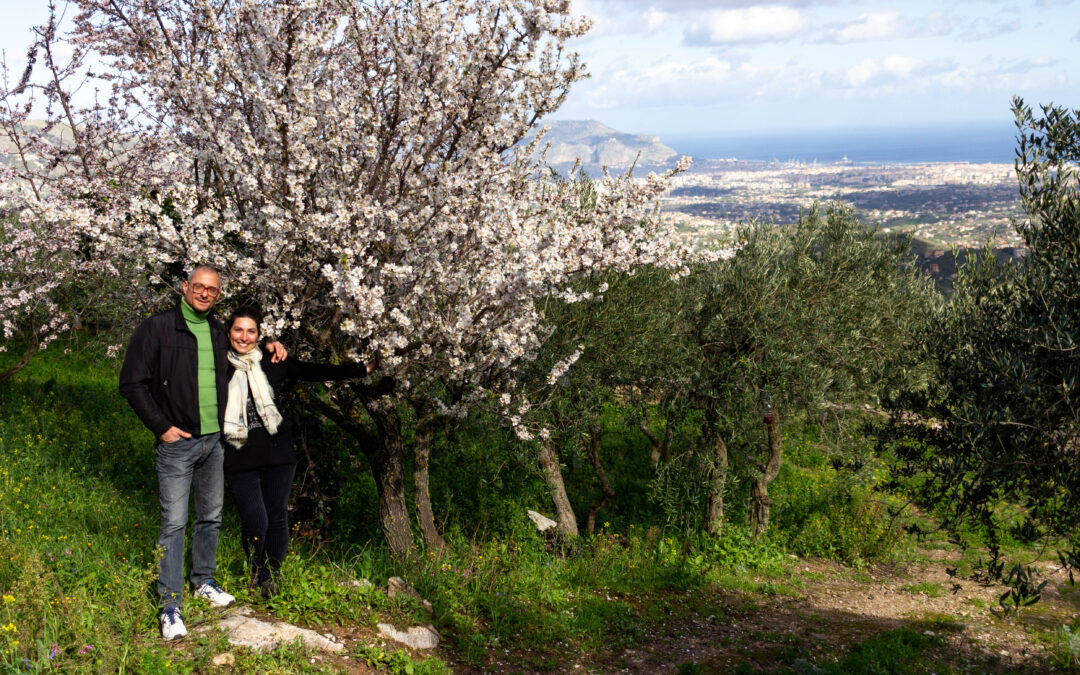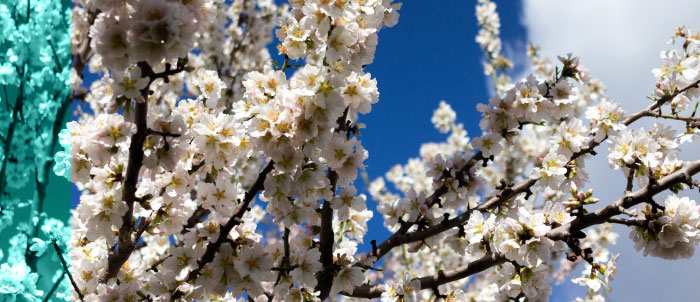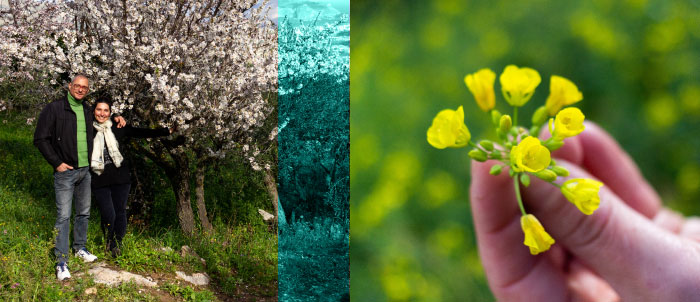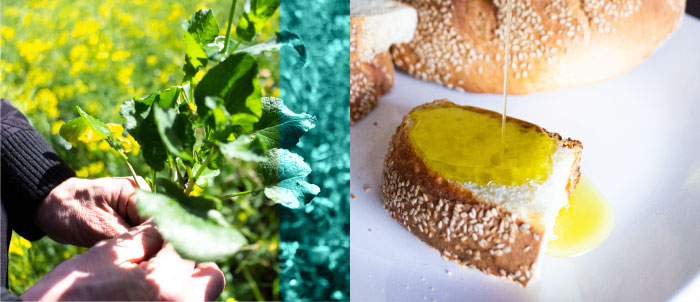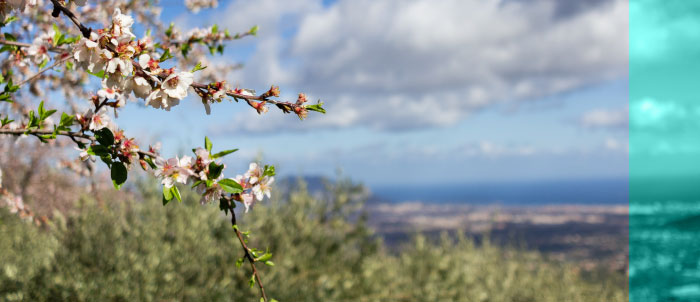FIOR DI MANDORLO
NAME: Simona De Luca
BUSINESS: Fior di Mandorlo
ADDRESS: Contrada Parco Vecchio, Marineo (Palermo)
WEBSITE: facebook.com/fiordimandorlo
E-MAIL: azienda.fiordimandorlo@gmail.com
ON-CAMPUS COURSE: ReStartApp per i cammini italiani 2019
“My idea of creating an educational farm was a means to put to good use our family land, but also a way to help the young people of Altofonte: indeed, the ultimate goal of my project is to be able to give them a job”.
Simona De Luca
Simona and Giuseppe walk in the mud in Contrada Parco Vecchio. As we cross their property, they describe their plans, drawing them in the air before our eyes: the house, the educational farm, the almond processing workshop, the stables for the animals. For now, the ground is still bare and stony, with nothing on it, but one can imagine it all – the trees, the buildings, the children, the donkeys and the sheep – so vivid and rich is the description of what Simona De Luca refers to as ‘the project’. In front of us lies the small town of Marineo (in the province of Palermo). To get here, in open country, at the foot of Mount Leardo, we had to cross a canyon, green with vegetation even in winter, leaving, a few kilometres behind us, the village of Santa Cristina Gela(in the province of Palermo), one of the Sicilian villages of Arbëresh language and culture – a different image of Sicily compared to the picture that most have in mind.
The idea of setting up my own farm came about nine years ago, in Altofonte (in the province of Palermo), the small town I have lived in all my life. My husband and I thought of bringing together the farmland that was owned by our families of origin, about six hectares of land in very fragmented plots, growing olive trees, almond trees, a vineyard and fruit trees” says Simona. The choice coincided with the birth of the couple’s son, who is now 11 years old, and the start of Simona’s activity as an educator, involved in the organisation of the summer camps offered by the parish of Altofonte, serving between 80 and 100 children each year. “For many children, particularly those belonging to the working class, those 15 days were the only possible escape from their day-to-day life. During that time, I accompanied many young people in visits to local ‘educational farms’, but what I saw never convinced me. We were offered guided tours offering no real contact with nature, with the animals. They were always mediated experiences,” she explains.

